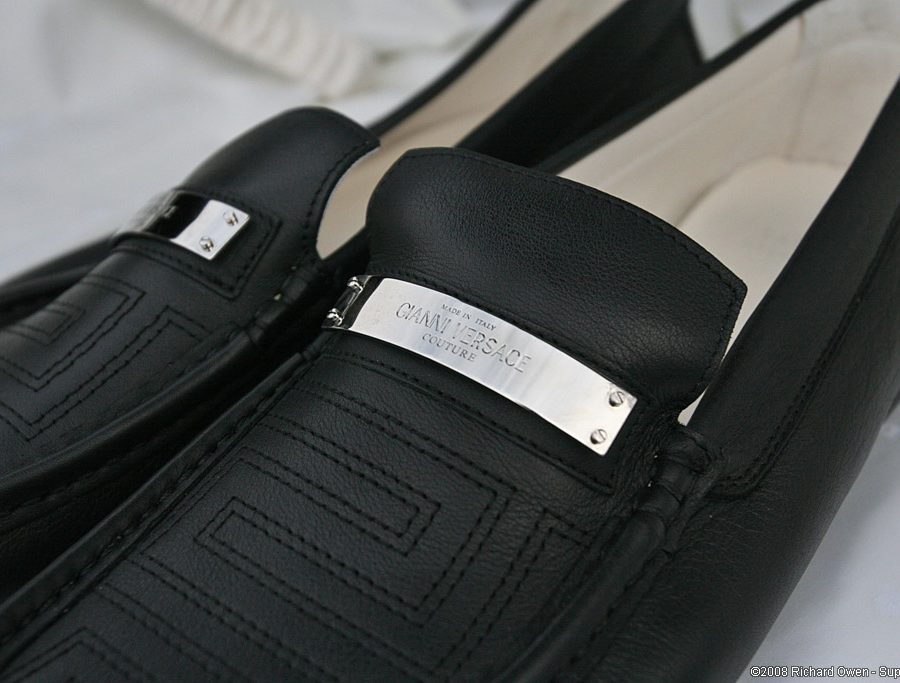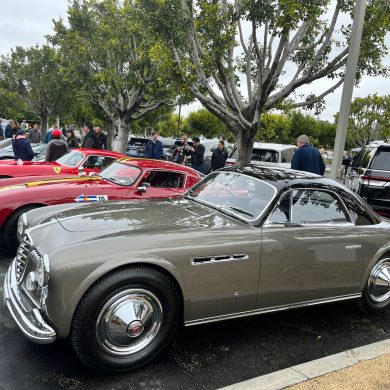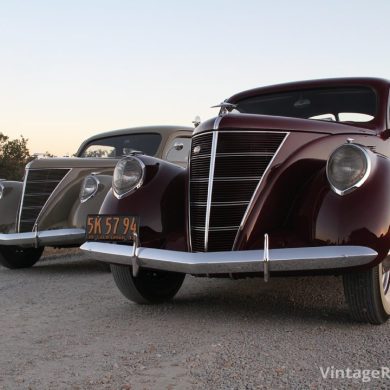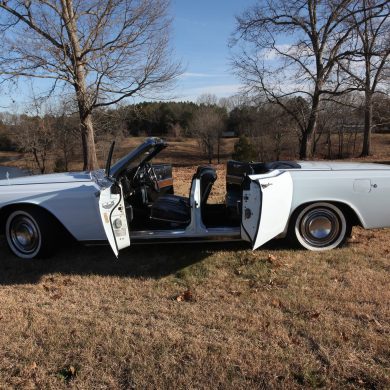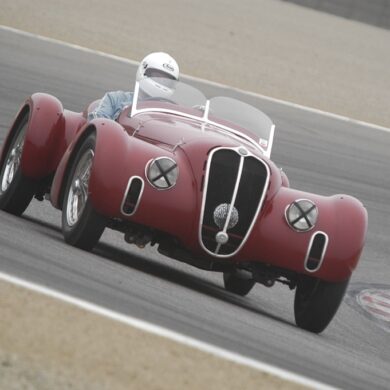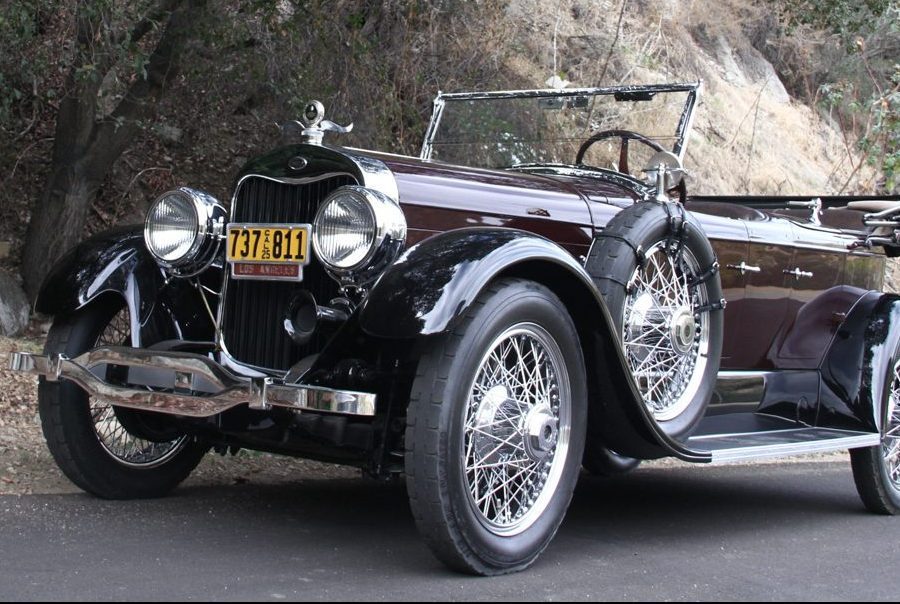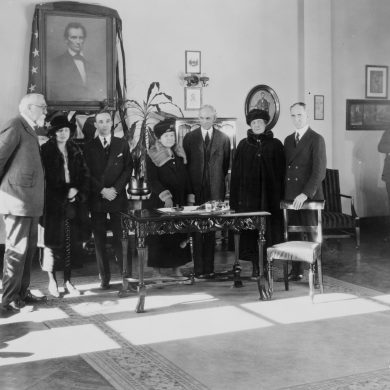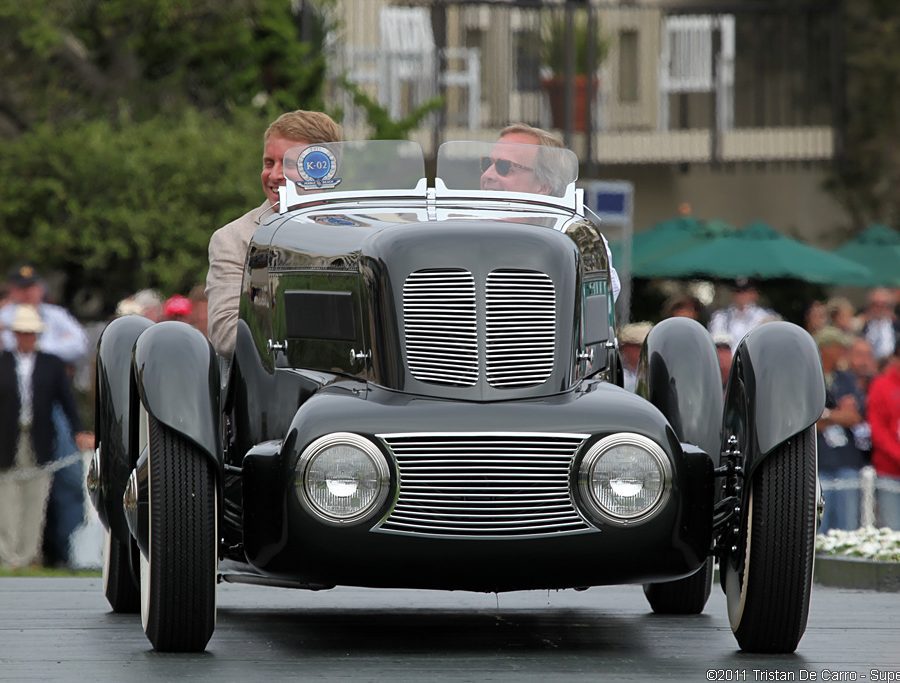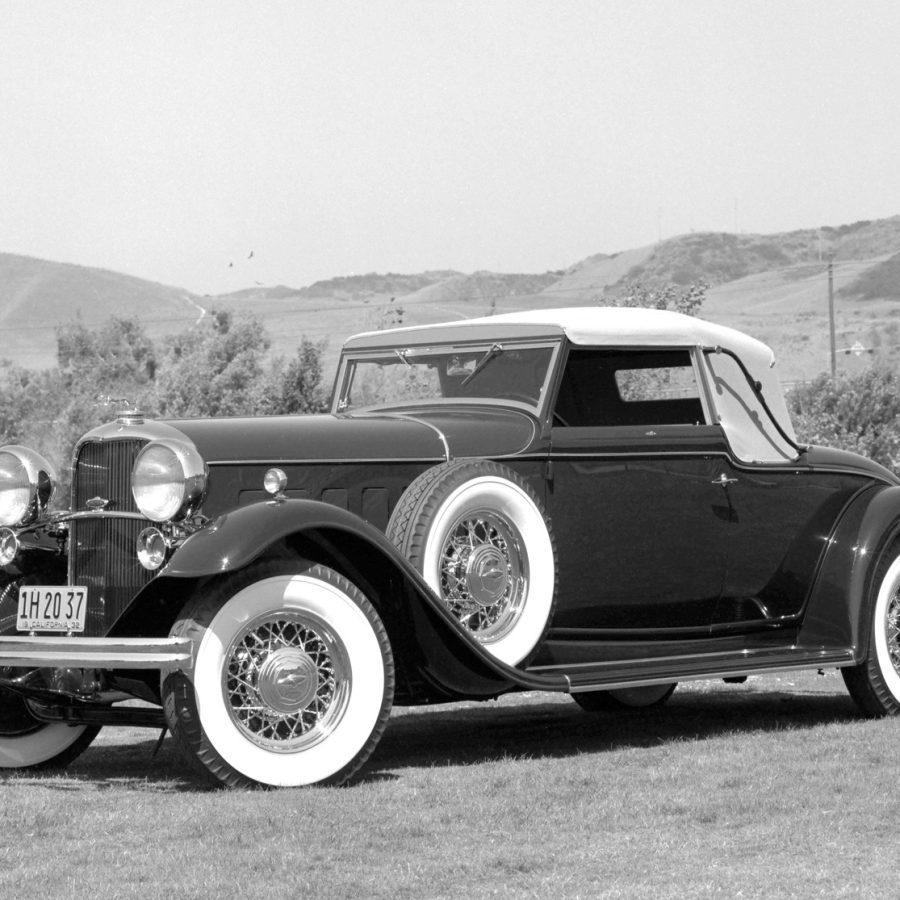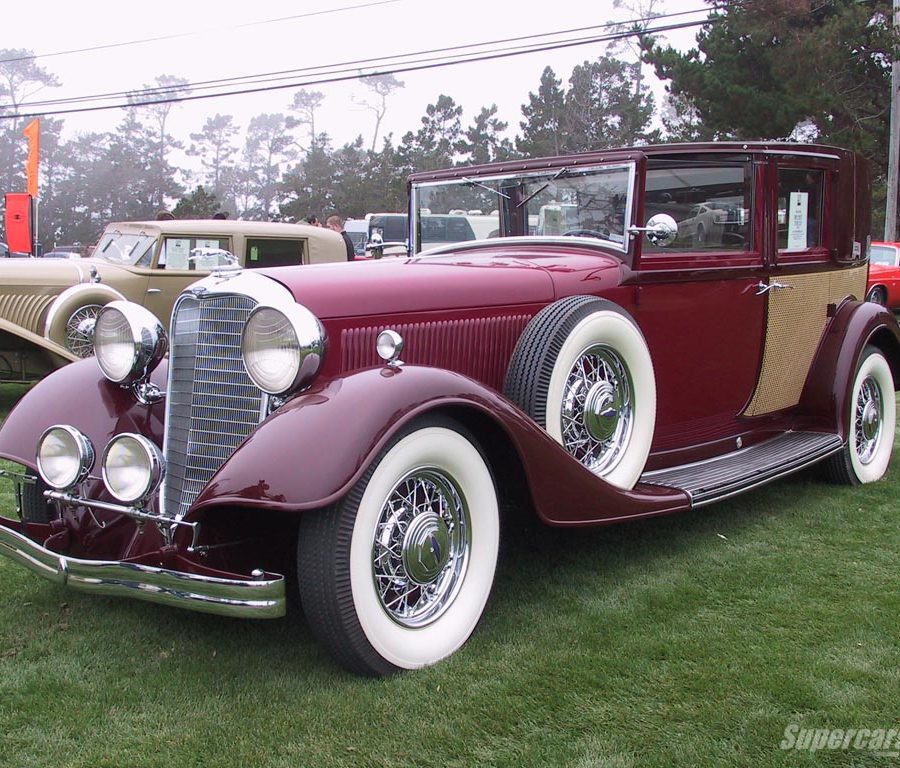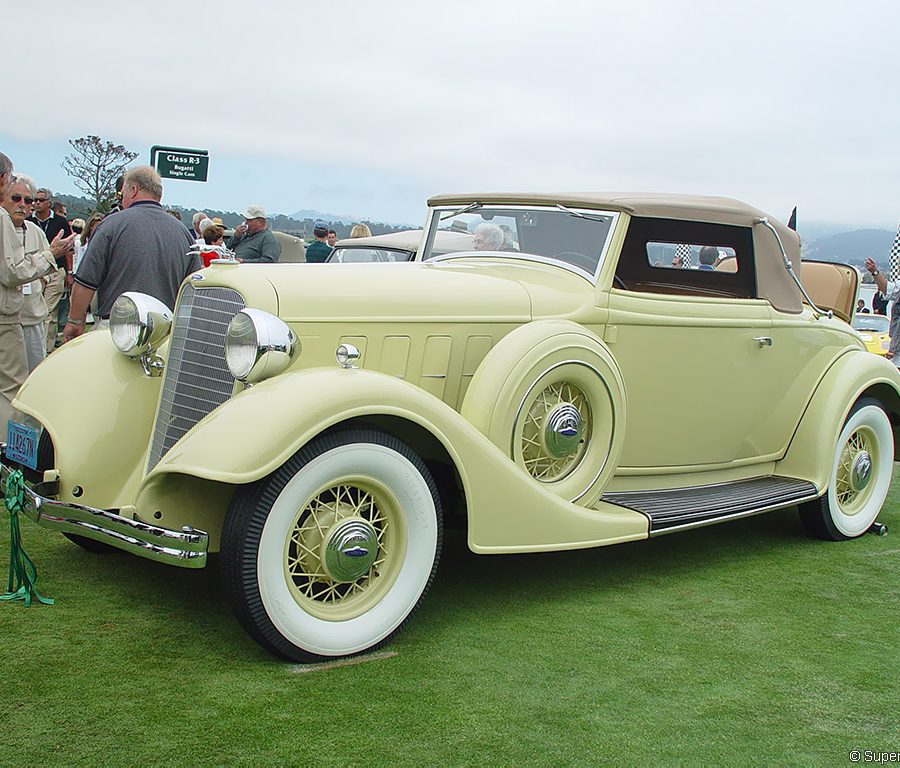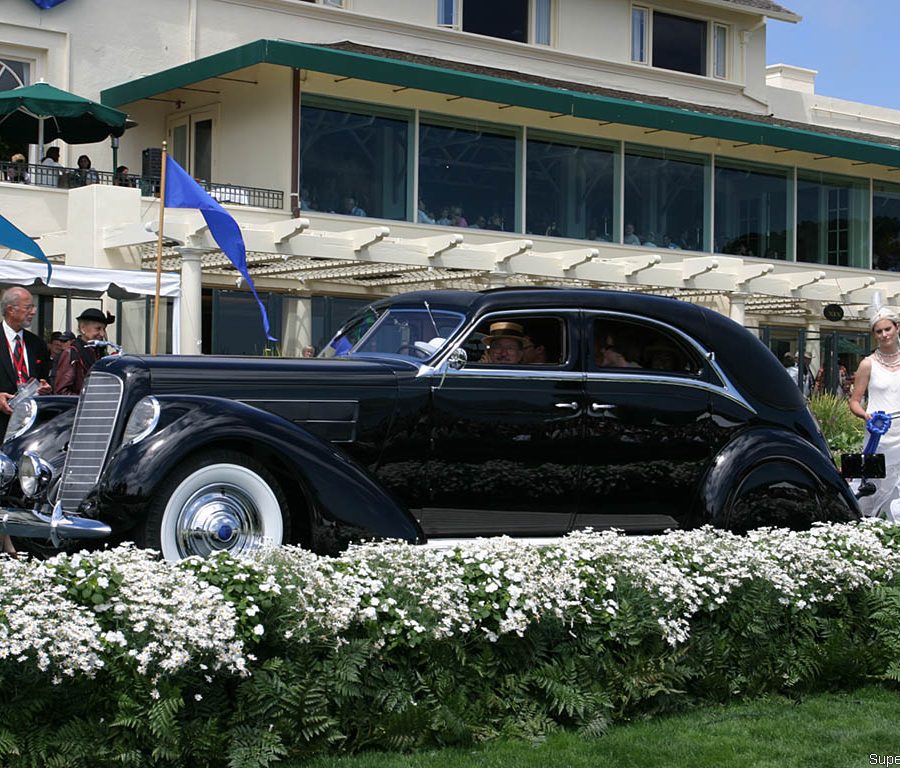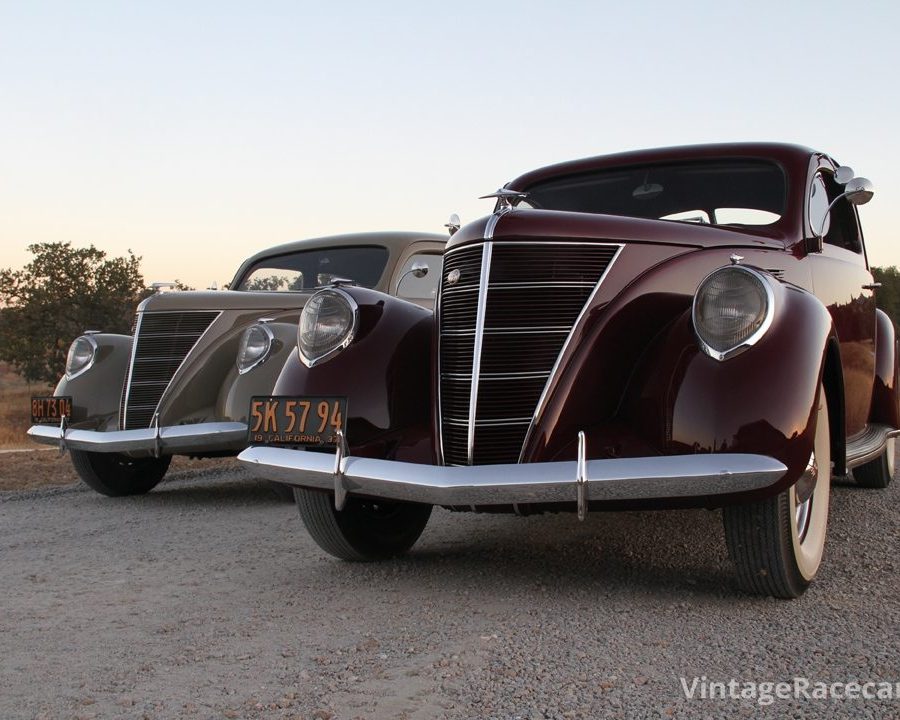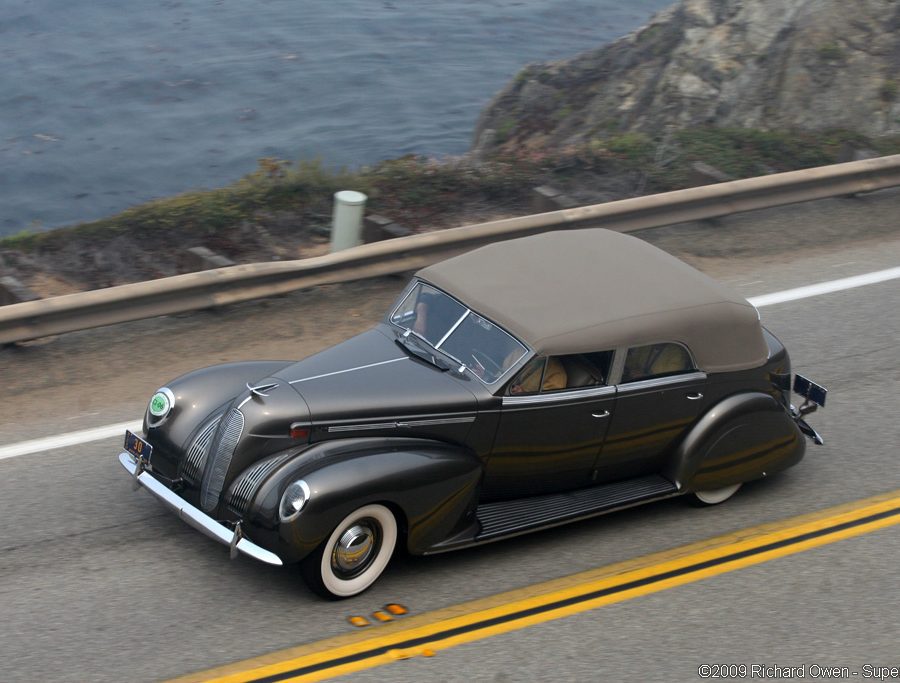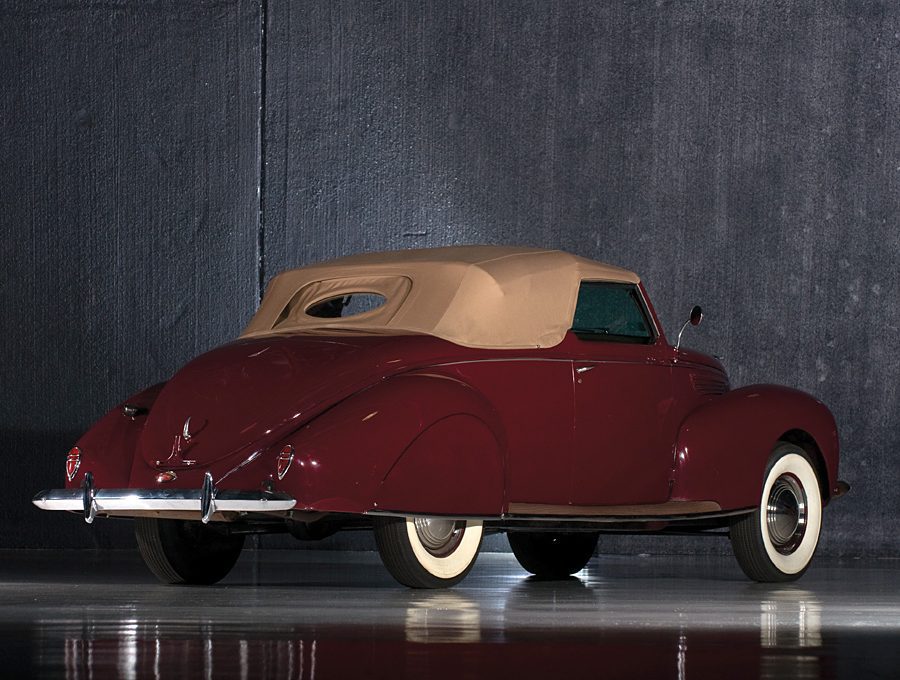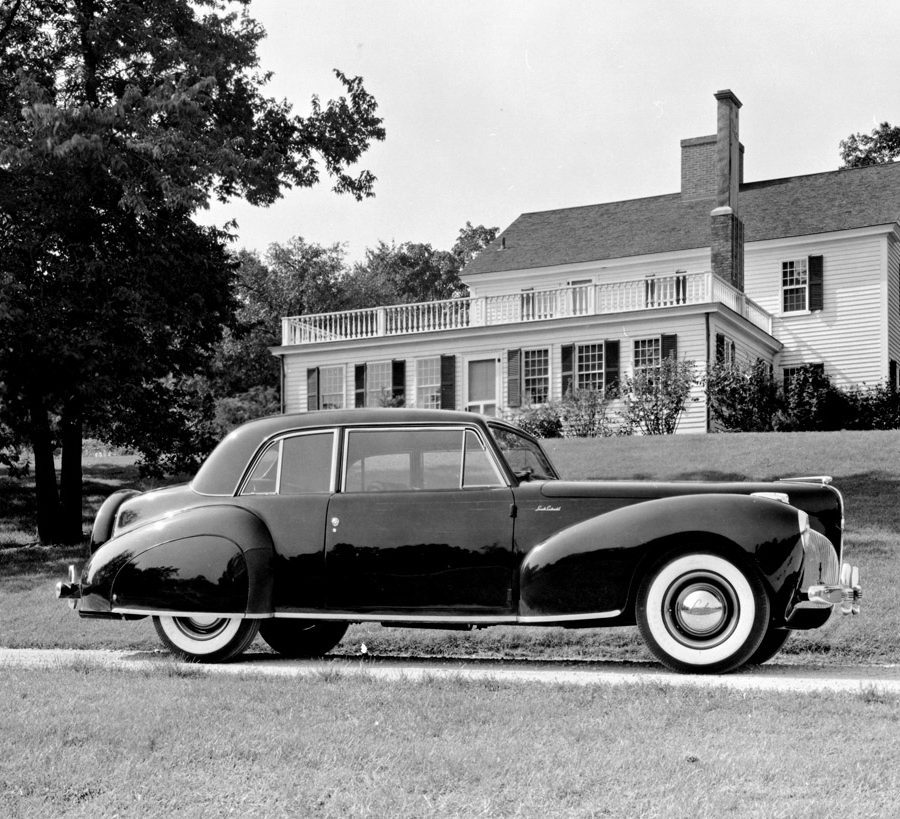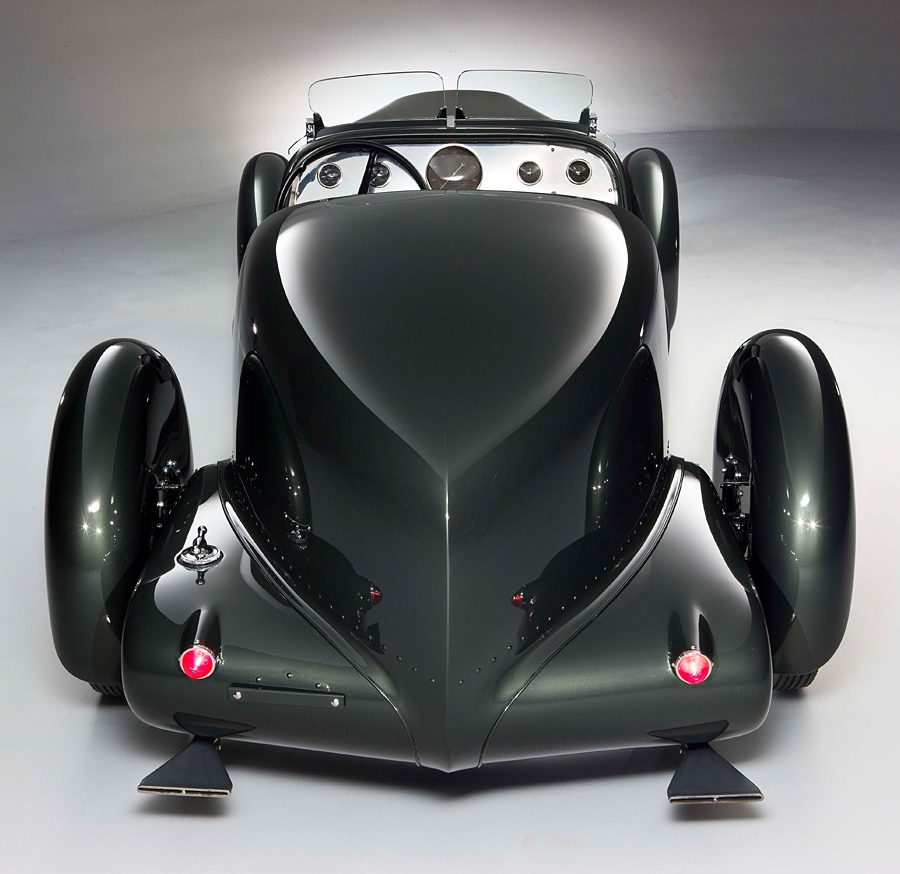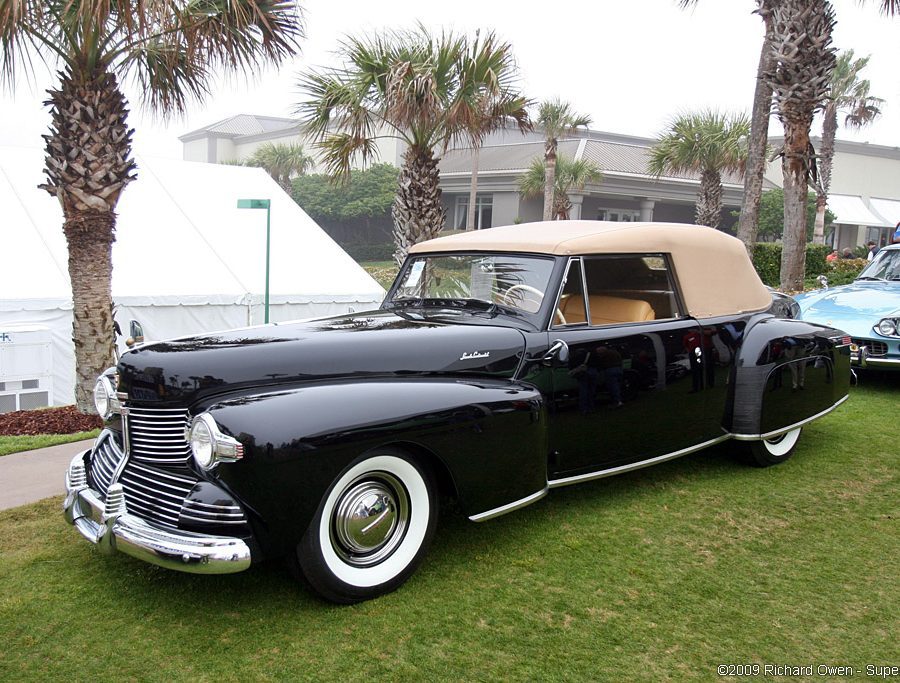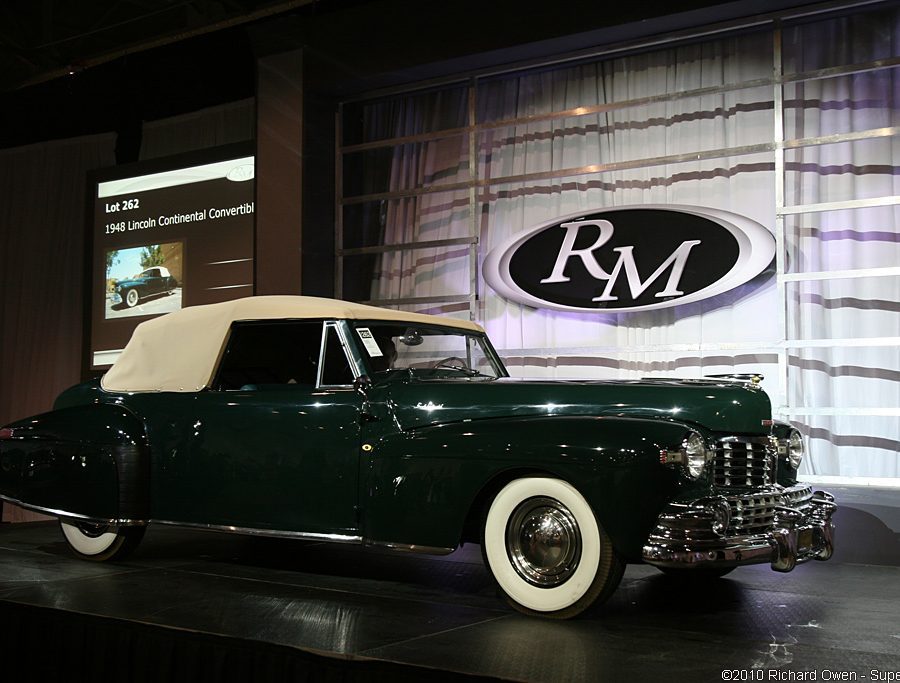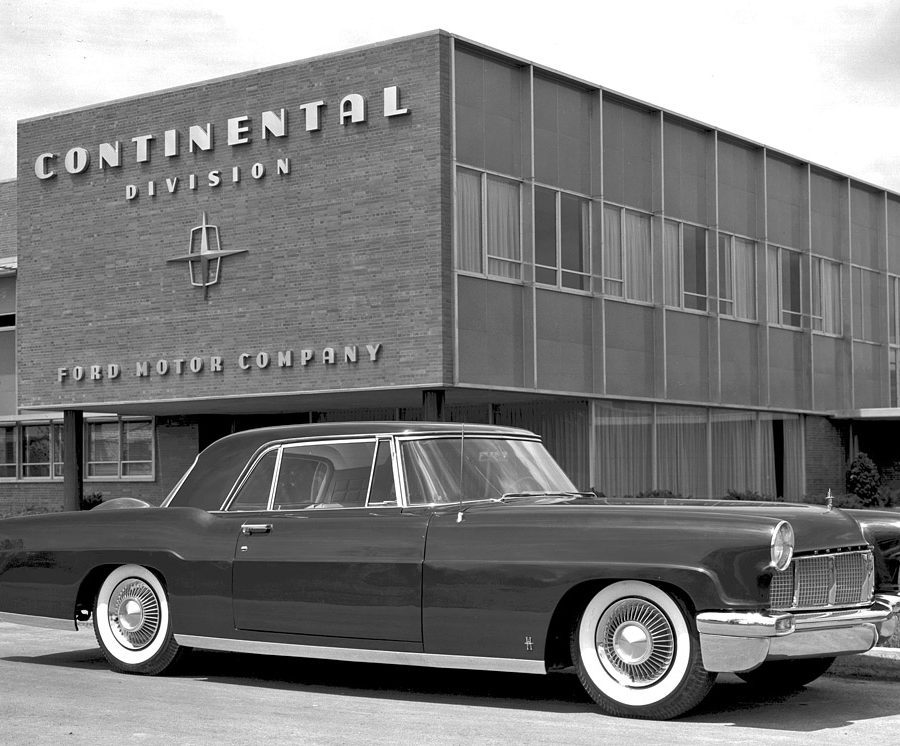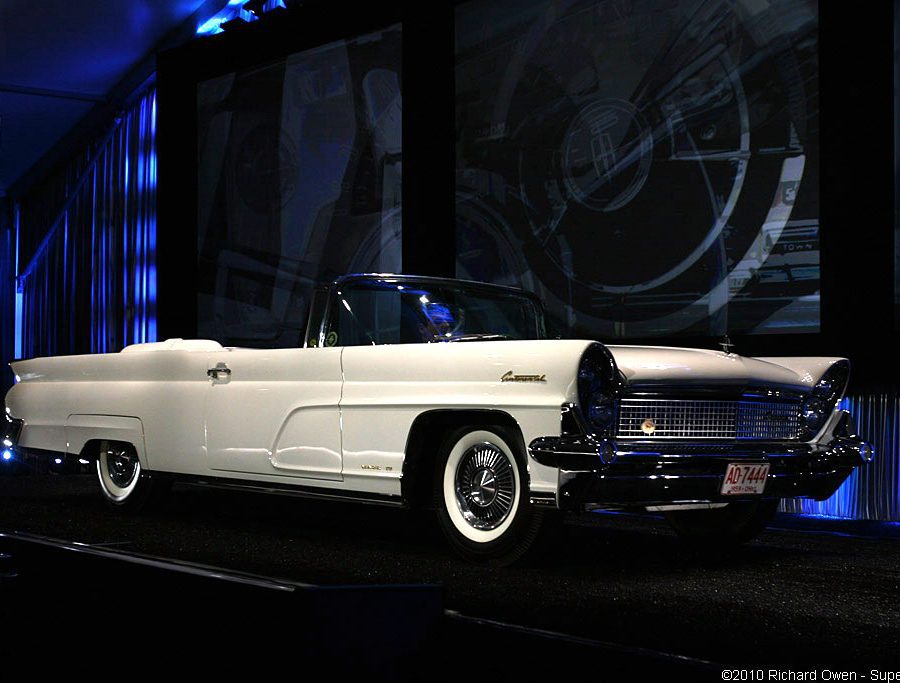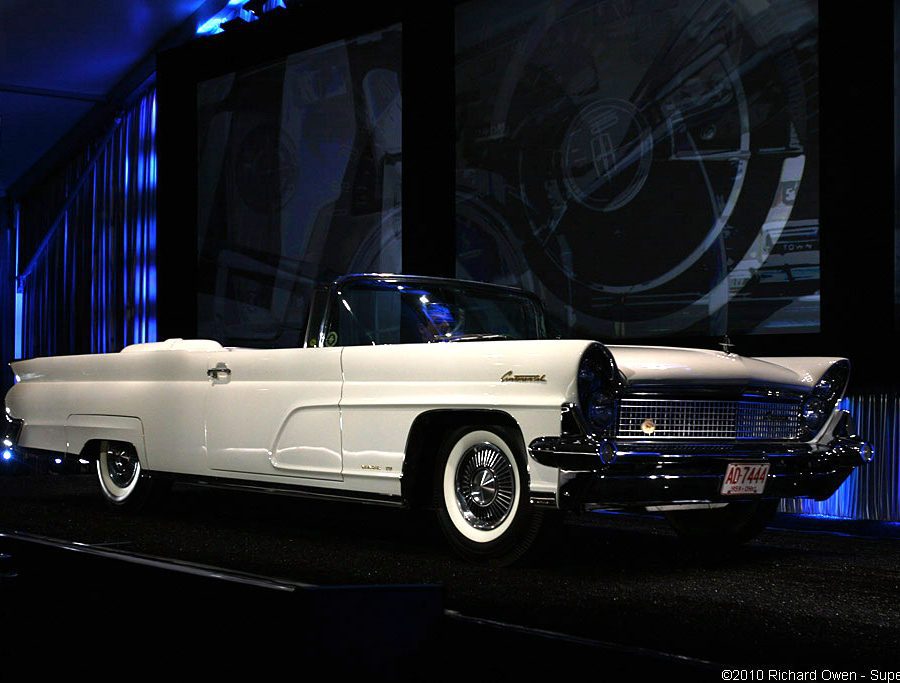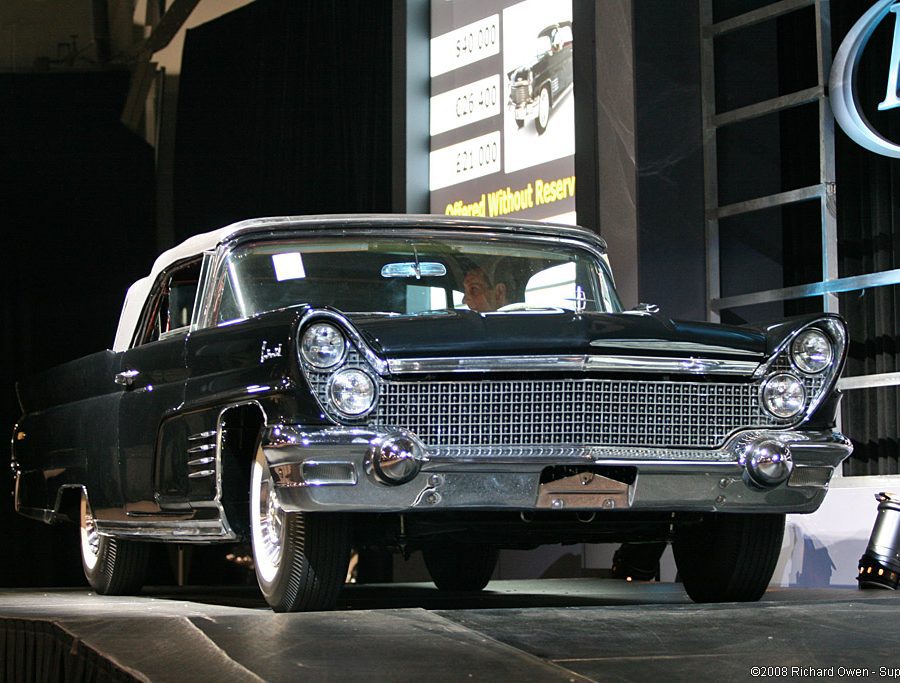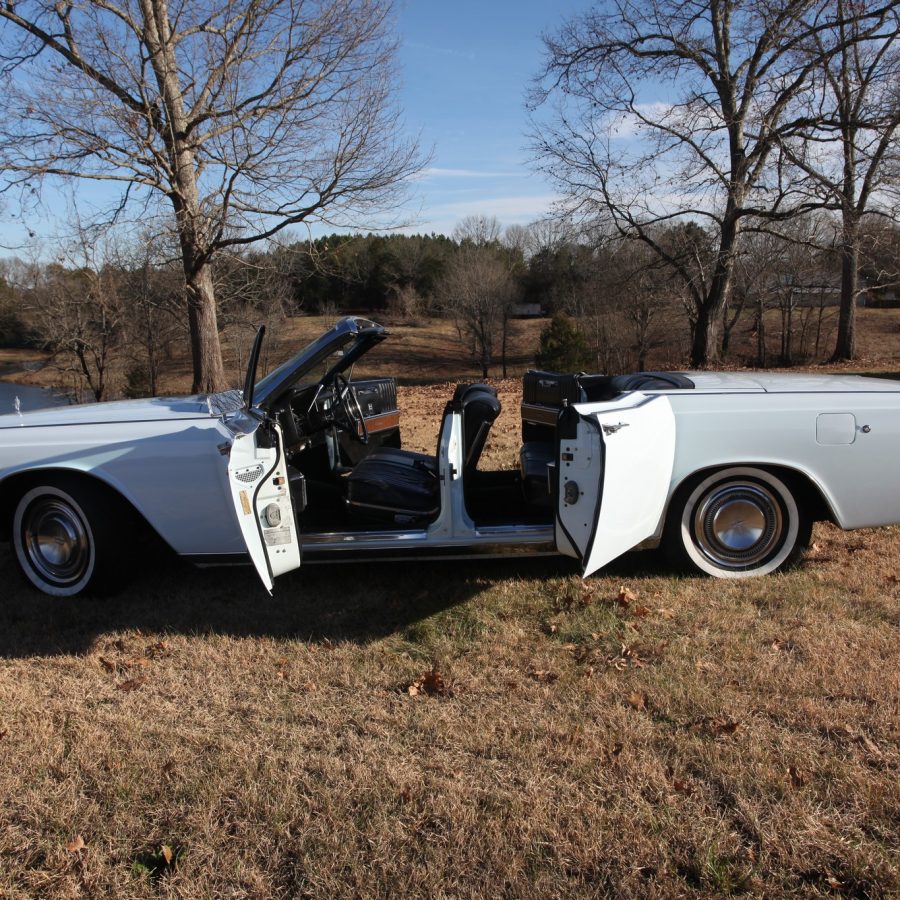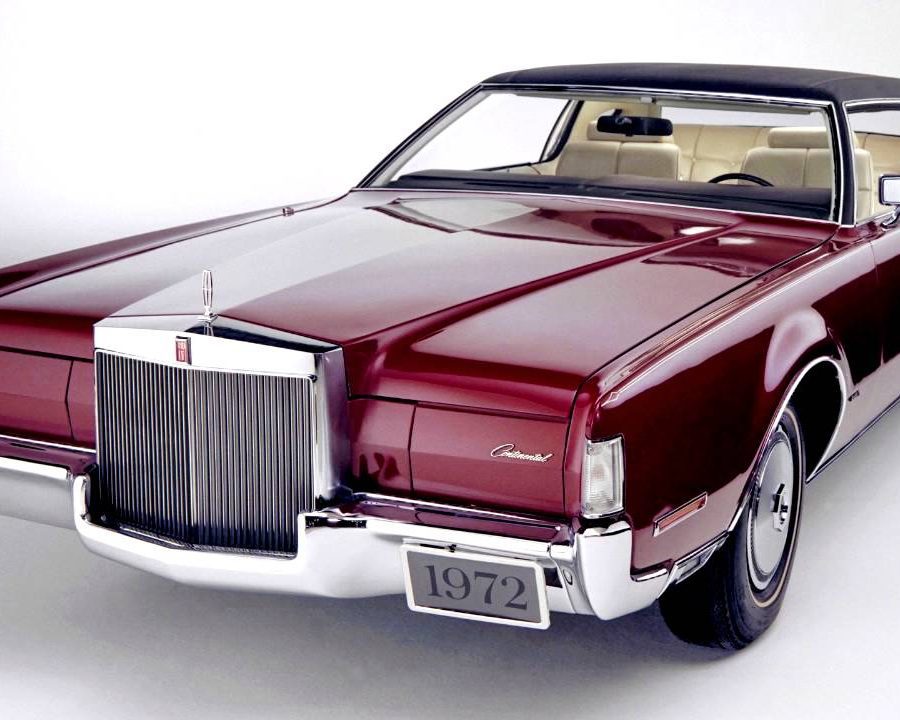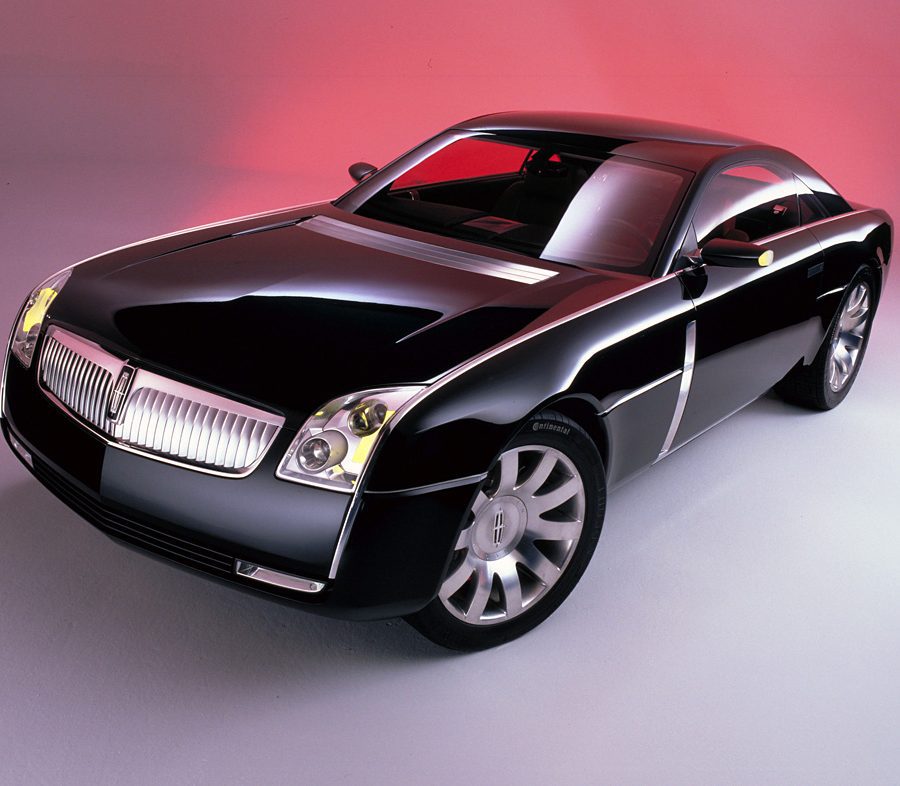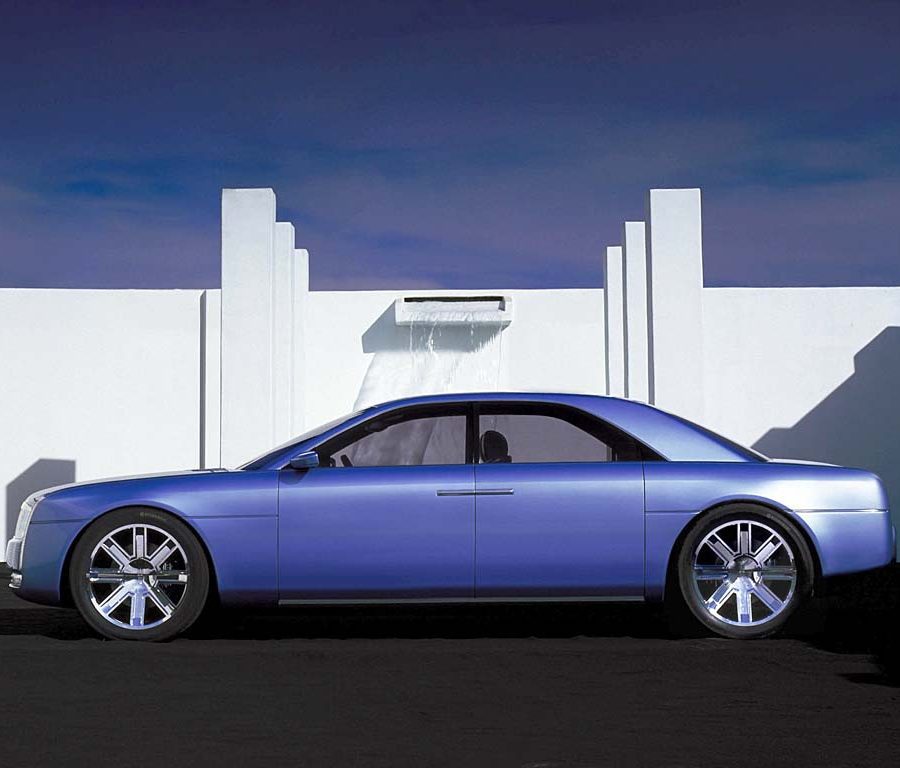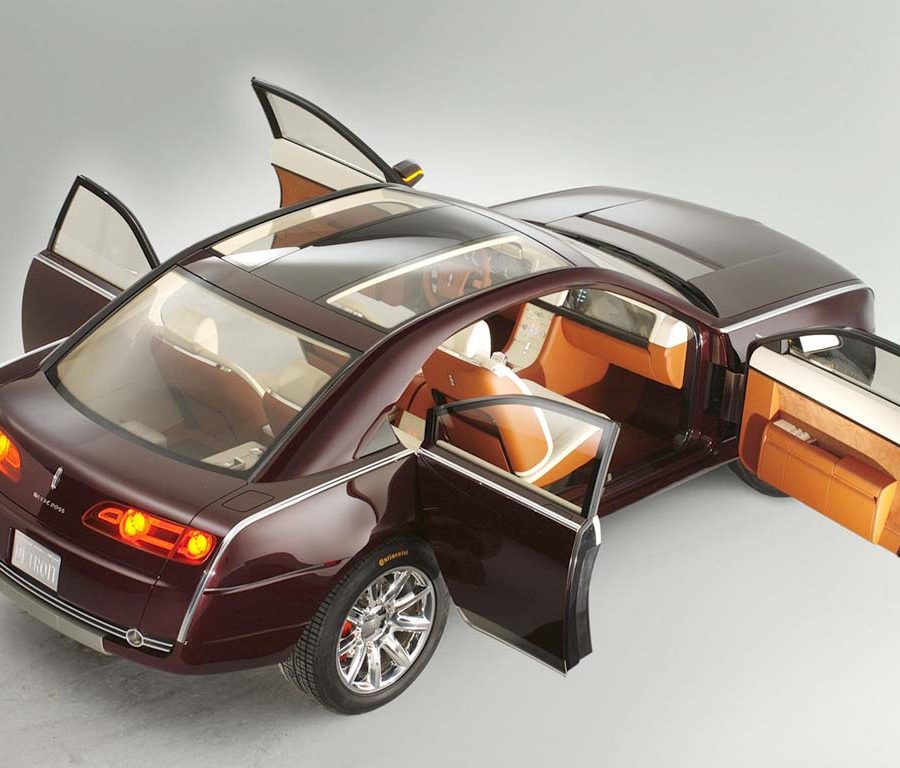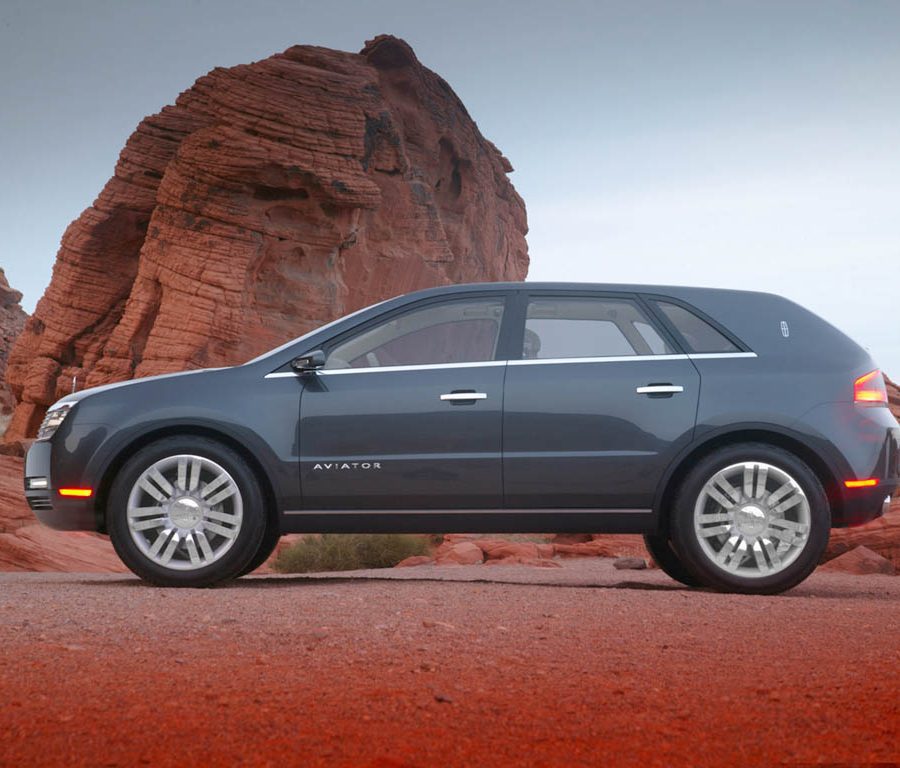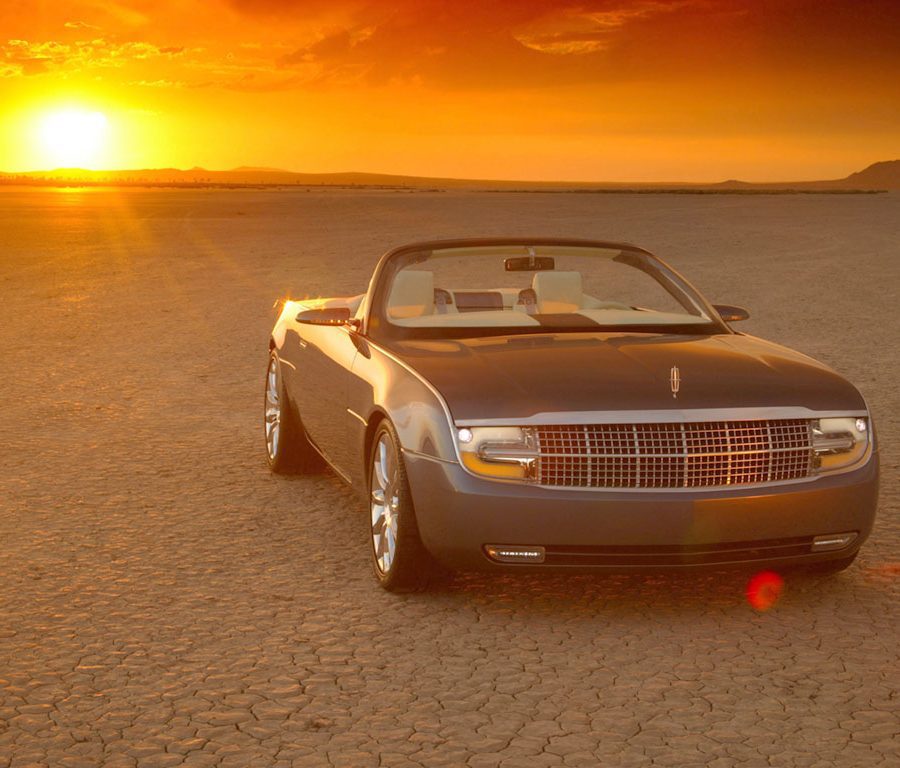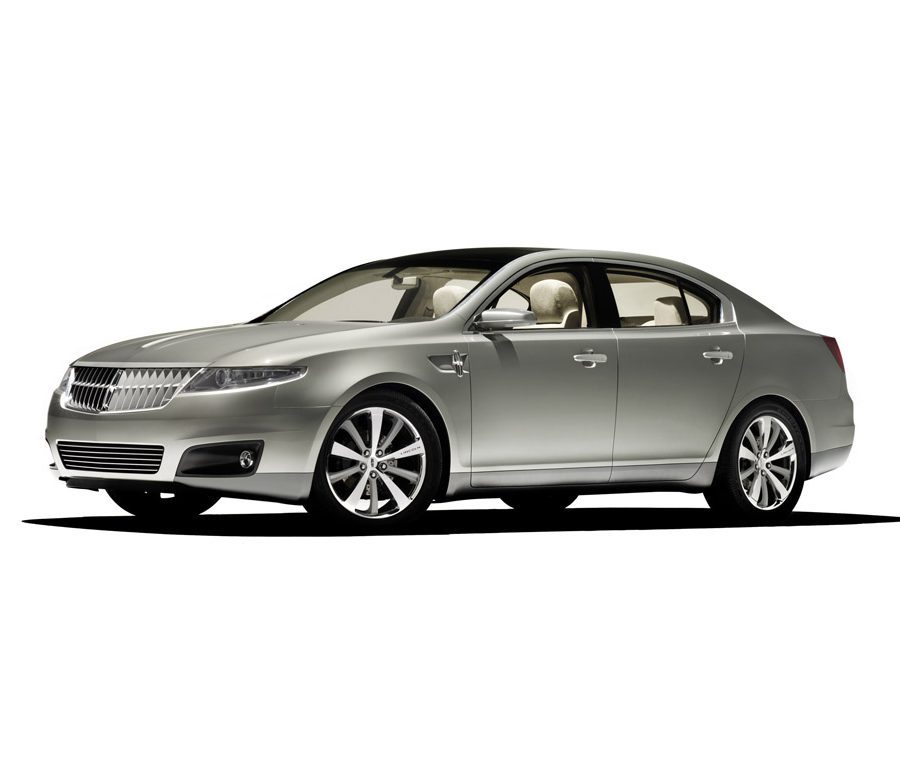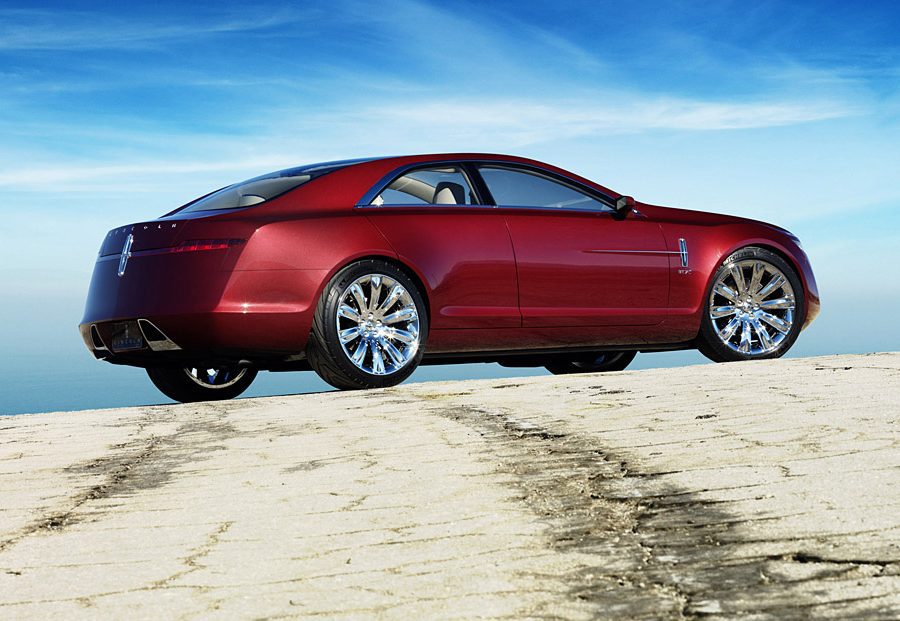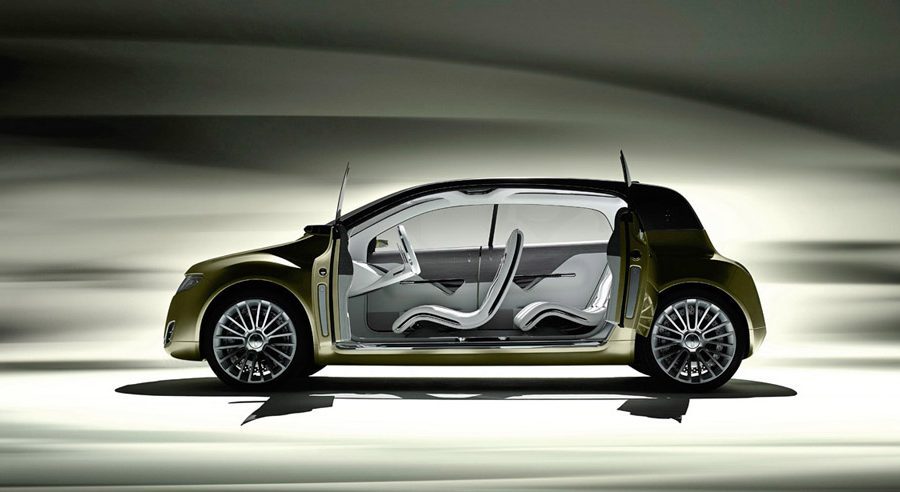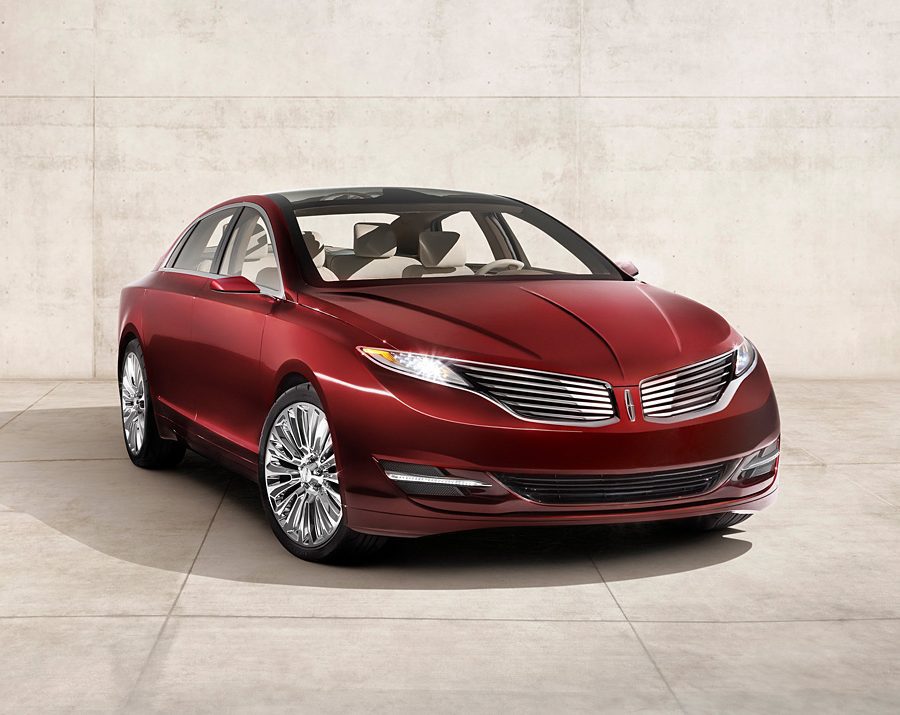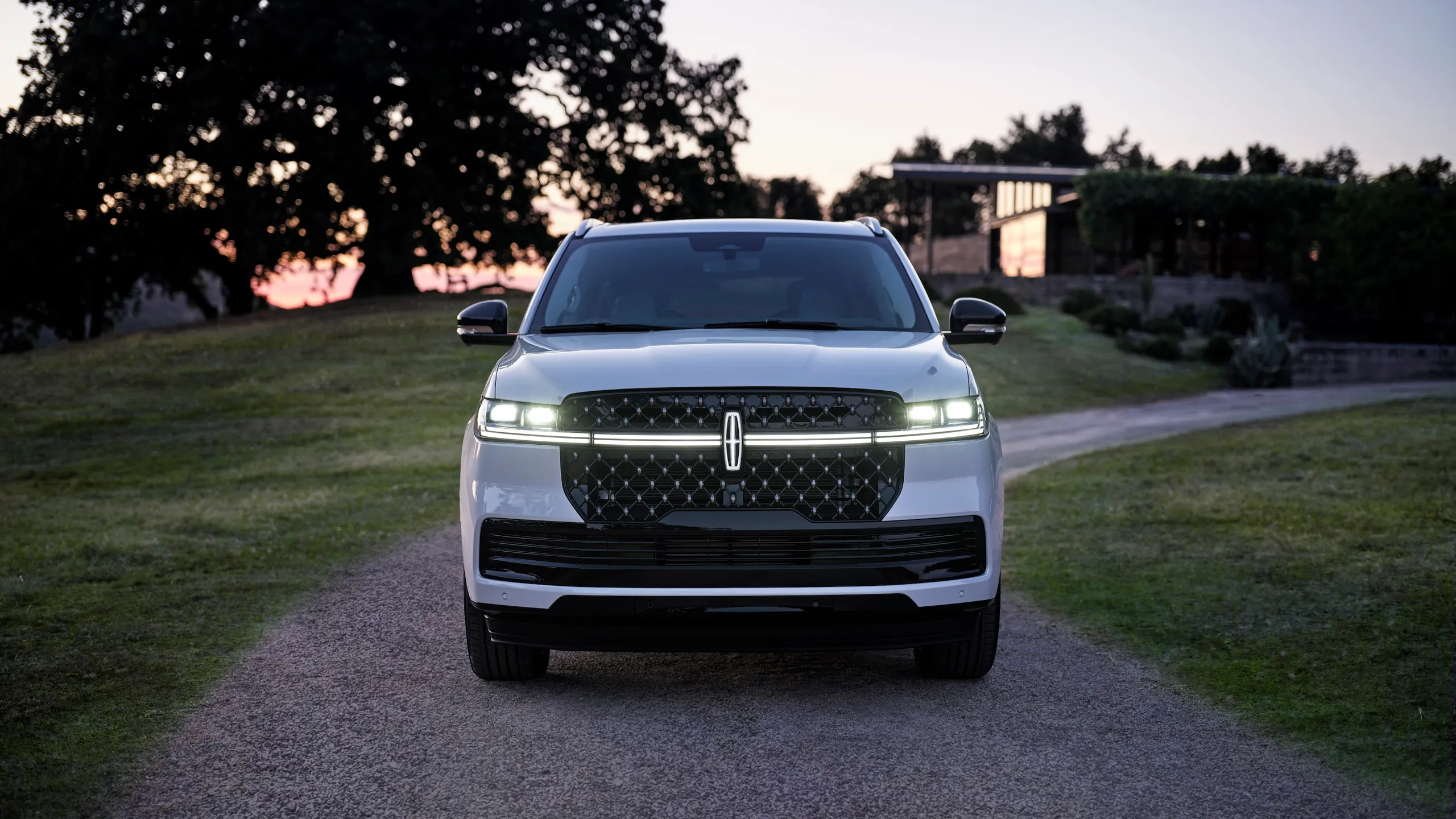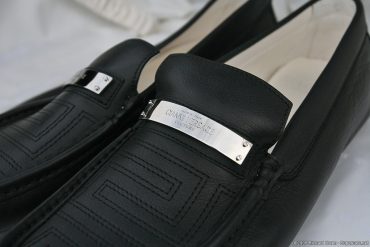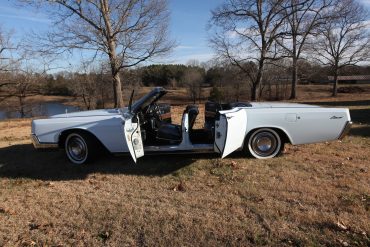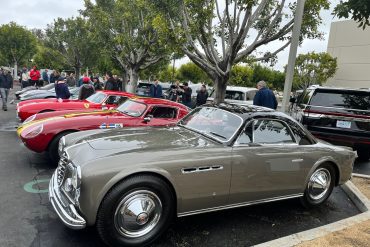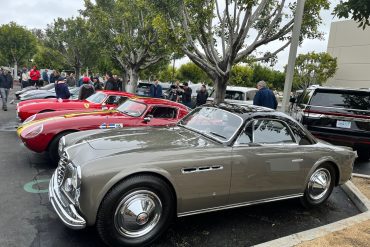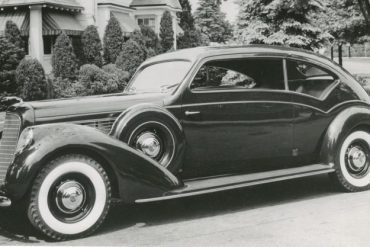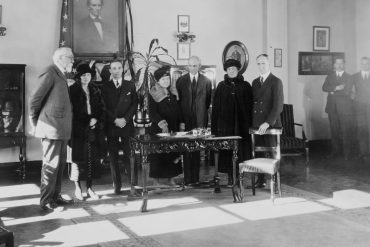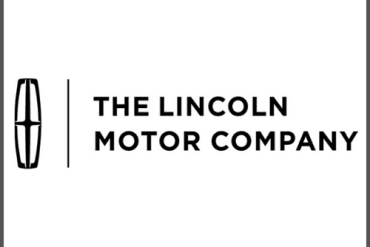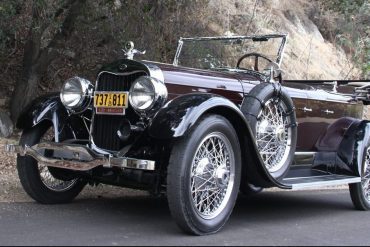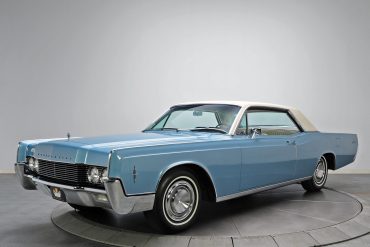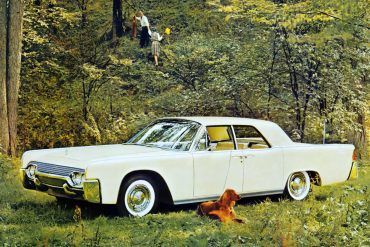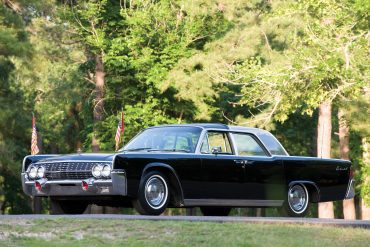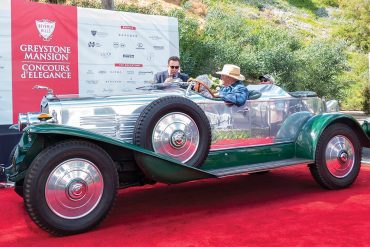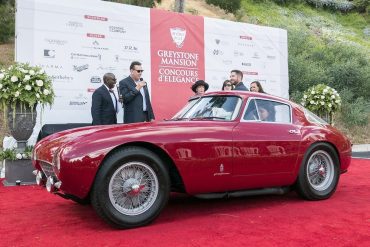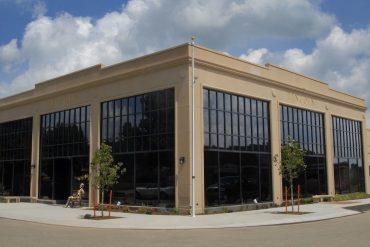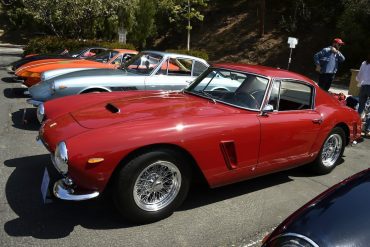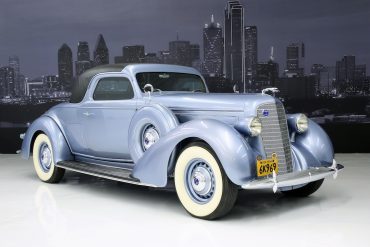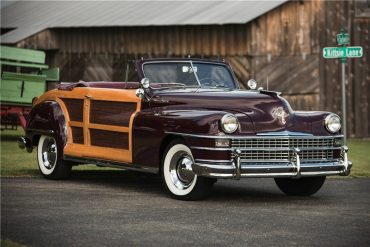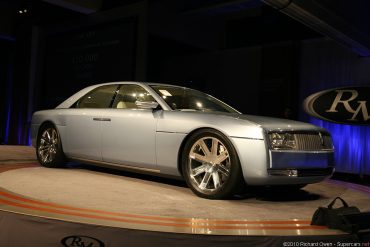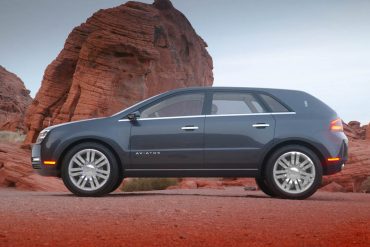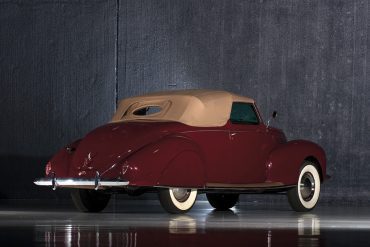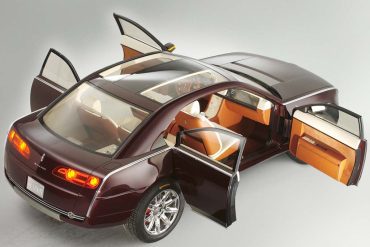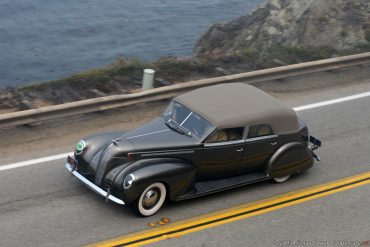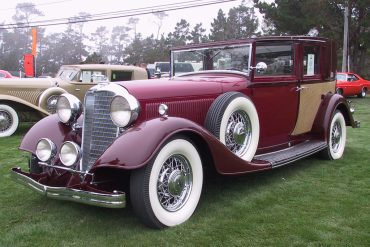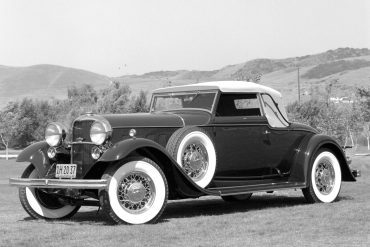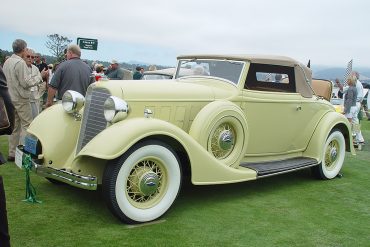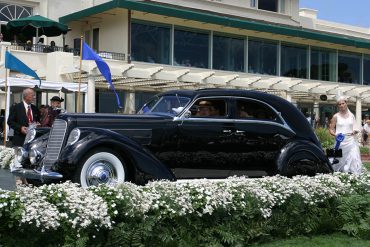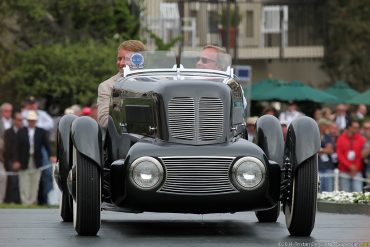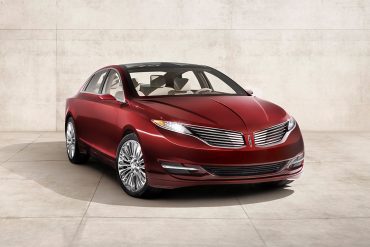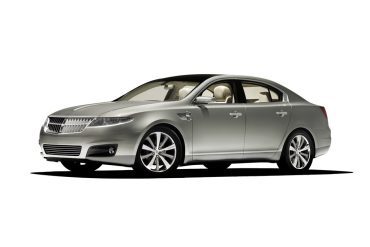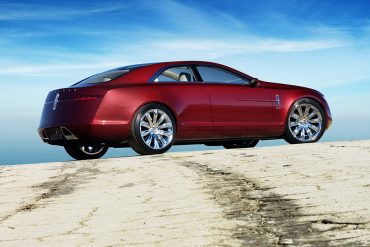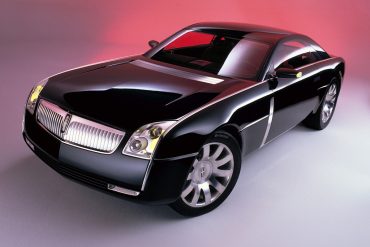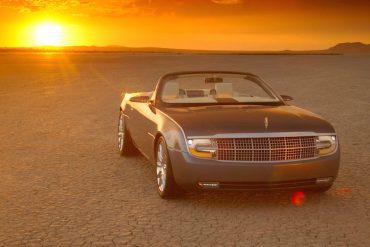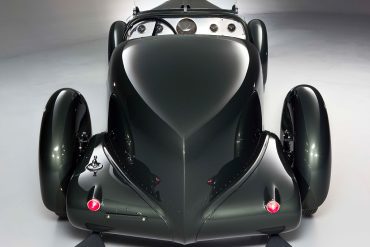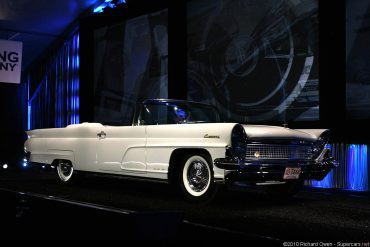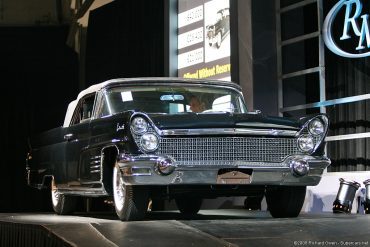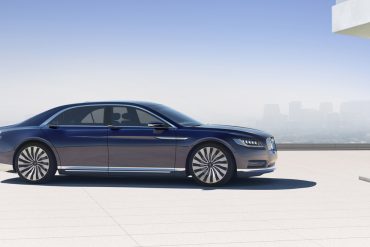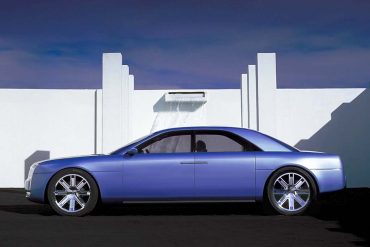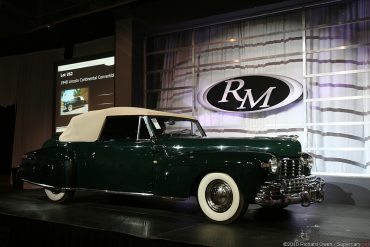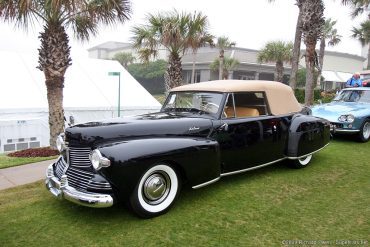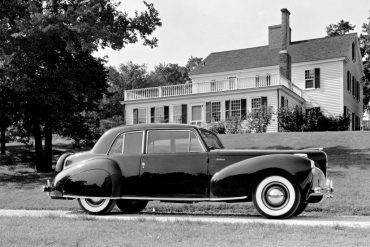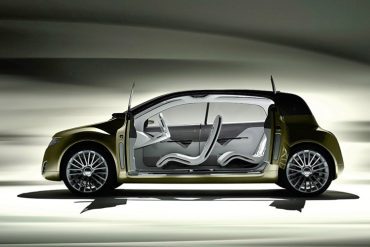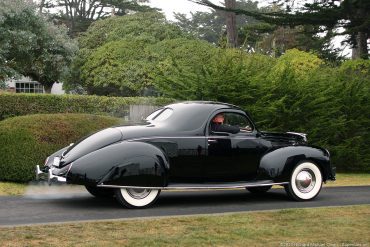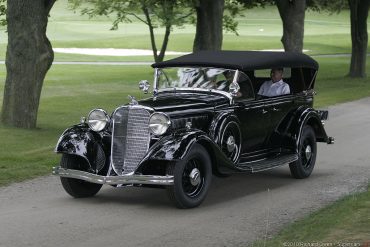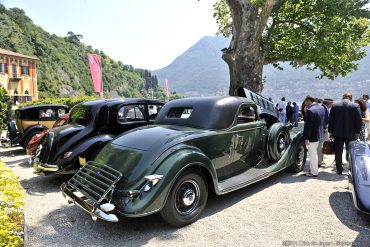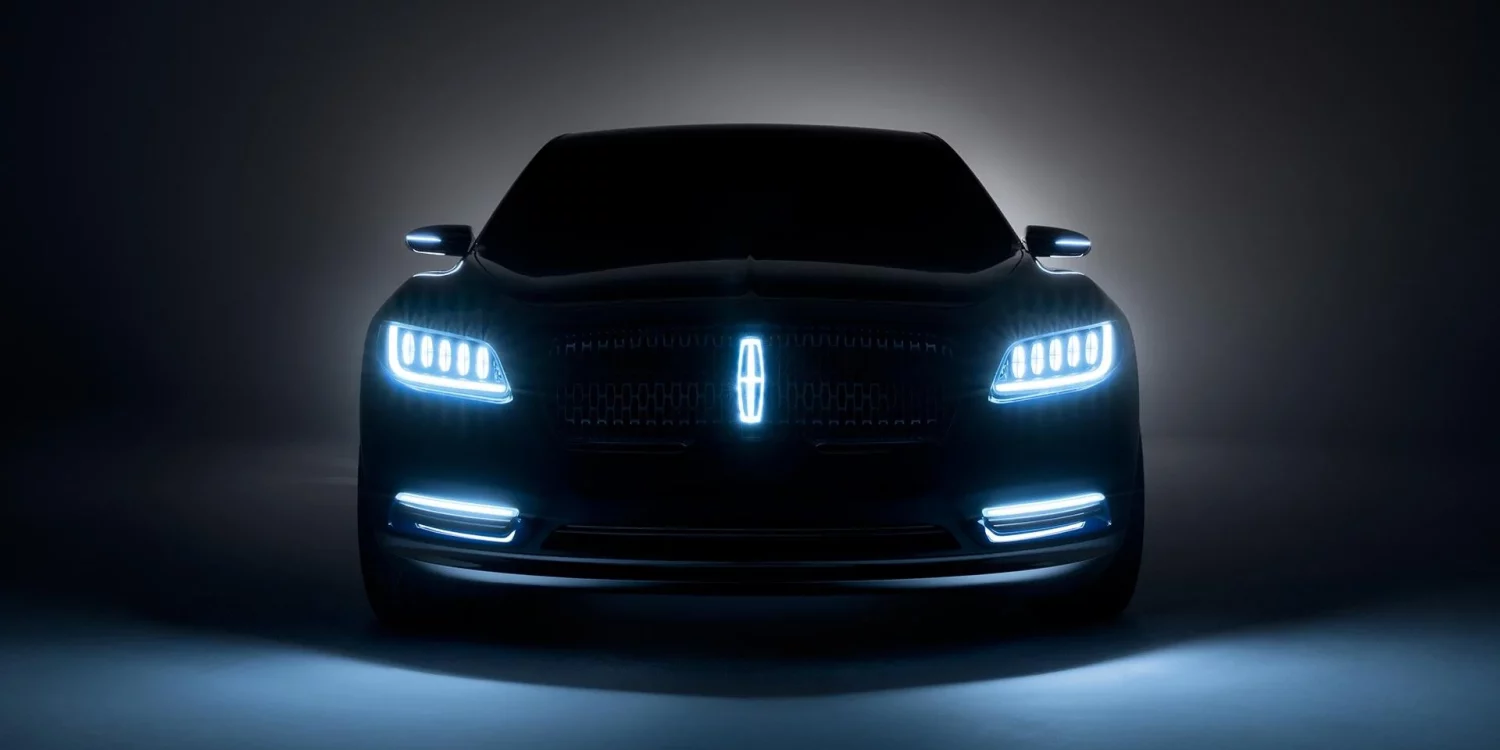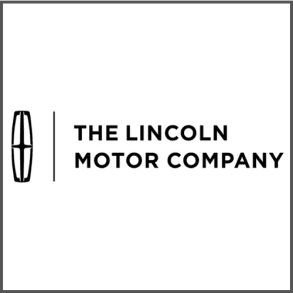
Lincoln
Research, History, Reviews, Media & More
Introduction / Featured Stories / Model Guides / News & Updates / Performance Data
Lincoln: American Luxury and Innovation
Lincoln is a name synonymous with American luxury, known for its timeless designs, comfort, and advanced technology. As a flagship division of the Ford Motor Company, Lincoln has a rich history that spans over a century, marked by iconic models and innovations that have helped shape the luxury car market. This post explores the founding of Lincoln, its evolution through the decades, the notable models it has produced, and the milestones that have defined its legacy.
The Founding Vision: Henry M. Leland and the Birth of Lincoln
Lincoln was founded in 1917 by Henry M. Leland, a former co-founder of Cadillac and a respected figure in the automotive industry. Leland named the company after his personal hero, Abraham Lincoln, the 16th President of the United States, and aimed to produce high-quality luxury automobiles that combined reliability with elegance. Initially, Lincoln focused on manufacturing Liberty V12 aircraft engines for World War I. However, after the war ended, Leland pivoted the company’s focus to automobile production.
Despite Leland’s expertise and vision, Lincoln struggled financially in its early years. By 1922, the company was on the brink of bankruptcy, leading to its acquisition by Ford Motor Company. Under the leadership of Edsel Ford, Henry Ford’s son, Lincoln was repositioned as Ford’s luxury division, setting the stage for its transformation into one of America’s premier luxury car brands.
The Evolution of Lincoln: A Century of Luxury and Innovation
Lincoln’s journey from a struggling start-up to a symbol of American luxury is marked by a series of key developments and iconic car models:
The Early Years: Establishing a Luxury Identity (1920s-1930s):
After being acquired by Ford, Lincoln quickly began to distinguish itself as a luxury automaker. The introduction of the Lincoln Model L in the 1920s, a refined and luxurious automobile, helped establish Lincoln’s reputation for quality and craftsmanship. The Model L was aimed at America’s elite, featuring custom-built bodies by renowned coachbuilders like LeBaron and Brunn, and it set the standard for luxury cars in the U.S.
The Birth of the Lincoln Continental (1939):
The Lincoln Continental, one of the brand’s most iconic models, was originally designed as a personal car for Edsel Ford. The car’s sleek, European-inspired design was so well received by Ford’s friends and associates that Lincoln decided to put it into production in 1939. The Continental became a symbol of American luxury, characterized by its long, low profile, elegant lines, and distinctive rear-mounted spare tire. It quickly became a favorite among celebrities and politicians, cementing Lincoln’s status as a luxury automaker.
Innovative Design and the Iconic Suicide Doors (1960s):
The 1961 Lincoln Continental marked a significant milestone in automotive design with the introduction of rear-hinged “suicide doors.” This design feature not only enhanced the car’s aesthetic appeal but also improved accessibility and comfort for passengers. The 1961 Continental’s clean, minimalist lines and understated elegance were a departure from the flamboyant styling of the era, and it quickly became an icon of 1960s automotive design. The car’s association with President John F. Kennedy, who was assassinated in a Lincoln Continental limousine, further solidified its place in American history.
Lincoln Mark Series: Defining Personal Luxury (1960s-1980s):
The Lincoln Mark Series, beginning with the Mark III in 1968, helped define the personal luxury car segment in America. These cars were characterized by their powerful engines, luxurious interiors, and distinctive styling, including the famous “Continental” spare tire hump. The Mark Series was a major success for Lincoln, with the Mark IV and Mark V becoming particularly popular in the 1970s, epitomizing the opulence and excess of the era.
Revival and Reinvention: The Navigator and Beyond (1990s-Present):
In the late 1990s, Lincoln introduced the Navigator, one of the first full-size luxury SUVs. The Navigator’s combination of size, luxury, and performance helped it become an instant success and set the trend for luxury SUVs that continues today. The introduction of the Navigator marked a new era for Lincoln, as the brand began to reinvent itself to appeal to a new generation of luxury car buyers.
In recent years, Lincoln has continued to innovate with models like the Aviator, a mid-size luxury SUV that combines advanced technology with Lincoln’s “Quiet Flight” design philosophy. This approach emphasizes a serene, comfortable driving experience with a focus on smooth powertrains, quiet cabins, and premium materials.
Special Milestones and Achievements
Throughout its history, Lincoln has achieved several significant milestones and made lasting contributions to the luxury car market:
Innovation in Automotive Design: Lincoln has been at the forefront of automotive design innovation, introducing features like rear-hinged suicide doors, streamlined bodies, and aviation-inspired interiors. The brand’s commitment to design excellence has helped it stand out in the competitive luxury market.
First Production Car with an All-Transistor Radio: In 1963, Lincoln became the first car manufacturer to offer an all-transistor car radio, produced by Motorola, as an option in its vehicles. This innovation marked a significant step in automotive audio technology.
A Pioneer in Presidential Transportation: Lincoln has a long history of being the car of choice for U.S. Presidents. Several Lincoln models have been used as presidential limousines, reinforcing the brand’s image of luxury, prestige, and reliability.
Expansion into the Chinese Market: Lincoln has successfully expanded into the Chinese market, where its combination of American luxury and modern technology has resonated with consumers. The brand’s growth in China has helped it establish a strong global presence.
The Enduring Legacy of Lincoln
Lincoln’s legacy is one of American luxury, innovation, and a commitment to providing a refined driving experience. From its early years as a fledgling car manufacturer to its current status as a leading luxury brand, Lincoln has remained dedicated to crafting vehicles that offer comfort, elegance, and advanced technology. Today, Lincoln continues to evolve, embracing new technologies and design philosophies while staying true to its heritage of American craftsmanship.
As the brand looks to the future, its focus on innovation and luxury ensures that Lincoln will continue to be a symbol of American automotive excellence. Whether through its iconic models like the Continental and Navigator or its commitment to providing a serene and comfortable driving experience, Lincoln remains a leader in the luxury car market.
Lincoln Basics
Formerly: Lincoln Motor Company (1917–45), Lincoln-Mercury (1945–2012)
Company type: Private (1917–22),
Division (1922–present)
Founded: August 1917
Founders: Henry M. Leland, Wilfred Leland
Fate: Acquired by Ford in 1922
Headquarters: Michigan, U.S.
Parent: Ford Motor Company
Did You Know
Lincoln was founded in 1917 by Henry M. Leland, who had previously co-founded Cadillac. Leland named the company after Abraham Lincoln, his hero and the first president he voted for. His goal was to create a luxury car brand that embodied quality, reliability, and elegance.
Lincoln became a division of Ford Motor Company in 1922. Henry Ford purchased Lincoln to strengthen Ford’s position in the luxury car market and compete directly with Cadillac. Since then, Lincoln has remained Ford’s flagship luxury brand.
In 1963, Lincoln was the first car manufacturer to offer an all-transistor car radio, produced by Motorola, as an option in its vehicles. This innovation marked a significant step in automotive audio technology, setting a trend for future car audio systems.
Lincoln was one of the first car brands to offer a modern-day navigation system. The 1995 Lincoln Continental was equipped with a GPS navigation system, making it one of the first American cars to include this technology as a factory-installed option.
The Lincoln Zephyr, introduced in 1936, was one of the first American cars to feature an aerodynamic design, setting it apart from the more boxy cars of the era. The Zephyr’s sleek, streamlined shape not only improved its aesthetics but also enhanced fuel efficiency and performance, making it a popular choice among luxury car buyers.


